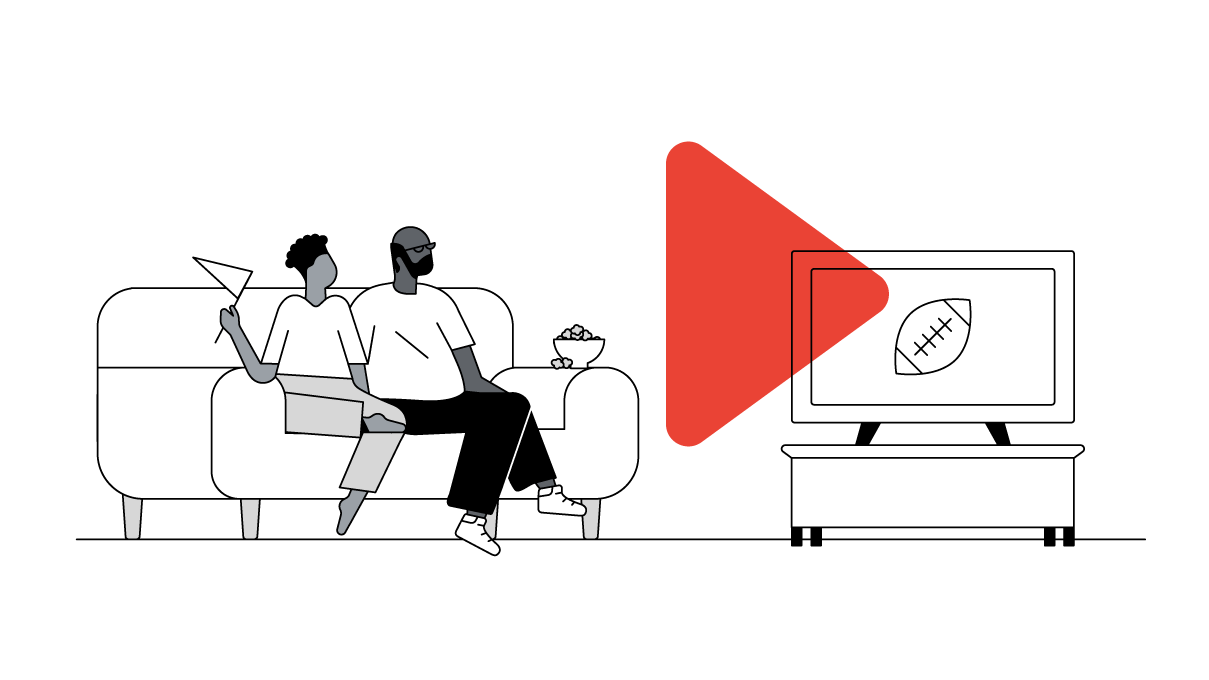Chances are if you’re building a sports marketing plan, you’re focused on the big four: football, basketball, baseball, or hockey. But those sports don’t reach every sports fan. “Lifestyle” sports—like handball and roller derby—are growing in popularity and flourishing online since they aren’t televised. Case in point: freestyle scootering, which has more than tripled in watch time on YouTube in the past year—faster than any of the four major sports.
So what’s different about these niche sports communities on YouTube compared to mainstream sports? Not much. And that’s why they’re a ripe opportunity for brands looking to round out their sports marketing plans with enthralled fans.
If you’re not familiar with lifestyle sports, here are three facts that may surprise you:
1. Lifestyle sports have their own star athletes—and some have pretty big followings
Every sport has its own legendary star, known by both fans and athletes. You may be surprised that one of the most-subscribed athletes on YouTube plays a sport you don’t often see on TV: Ultimate Frisbee. Brodie Smith, a professional Ultimate player, has over 1.9 million subscribers. That’s more than Kevin Durant and Cristiano Ronaldo combined. By tapping into growing YouTube trends like trick shot and challenge videos, Smith has been able to grow his fan base beyond die-hard Ultimate fans—creating new fans for the sport along the way.
One of the most-subscribed athletes on YouTube plays a sport you don’t often see on TV.
2. Lifestyle sports have their own championships, highly produced like a TV broadcast
In addition to stars, most sports have their championship or big game. Since these lifestyle sports don’t have TV contracts, the championships are often streamed online. These streams can be highly produced and TV-like, with announcers and slick camera work. This kind of quality is found on even niche sports streams, such as the Women’s Underwater Hockey U19 world championships.
People don’t usually stumble upon the disc golf or roller derby championship accidentally. In that sense, the audiences are guaranteed die-hard fans—attentive and engaged. These moments are ripe opportunities for brands.

3. Lifestyle sports inspire skill development just like mainstream sports
While watching is fun, many viewers are looking to hone their own skills. Searches for "how-to" sports videos on YouTube have more than doubled in the past year.2 And those "how-to" videos aren’t limited to the sports we all know and love, they include lifestyle sports too. Take, for example, this video on how roller derby is played. Since lifestyle sports don’t have the same existing infrastructure of coaches and instructors, people often turn to the community of athletes online—and videos like these—as their coach.
What’s the opportunity for brands?
While “mainstream” sports get most of the attention, there are literally hundreds of other sports that people love to play and watch. Brands that can join the conversation will find a passionate and engaged audience, often with less competition from other brands.







